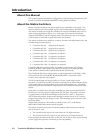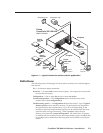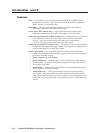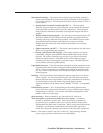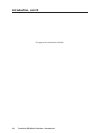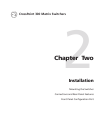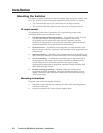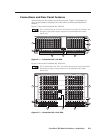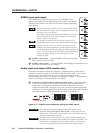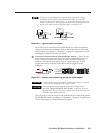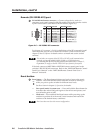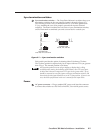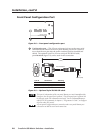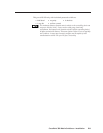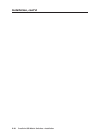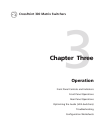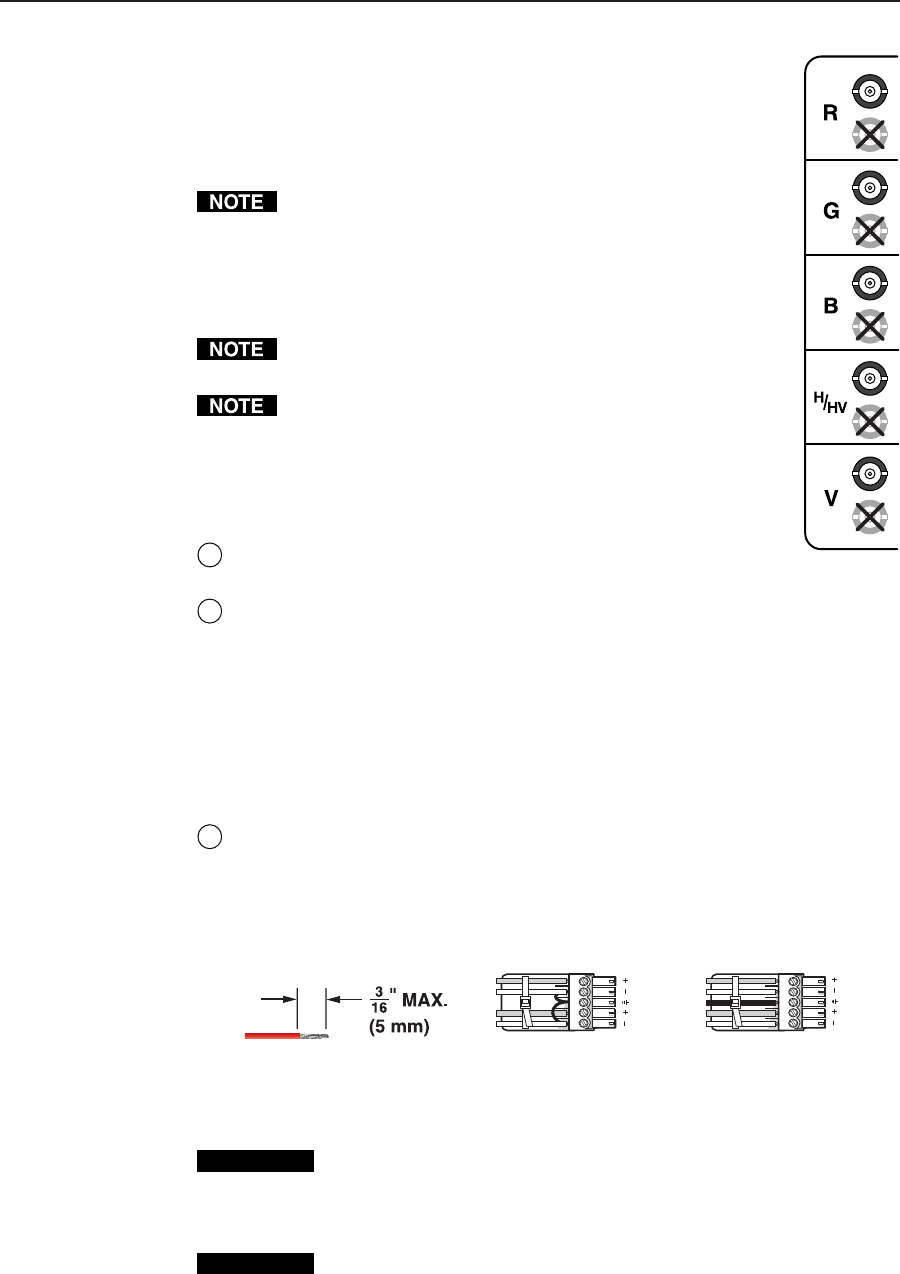
Installation, cont’d
CrossPoint 300 Matrix Switchers • Installation2-4
RGBHV input and output
The switcher can connect to up to as many as 16 RGBHV video
and/or stereo audio devices, depending on the model. The switcher
can output to as many as 16 video and/or audio outputs, depending
on the model.
The CrossPoint Series switchers can also switch RGBS, RGsB,
RsGsBs, component video, S-video, or composite video by using
four, three, two, or one BNC(s).
If switching a video format other than RGBHV, ensure that the
same video planes (R, G, B, H/HV, and/or V) are used on the
switcher output as on the input.
The switchers do not alter the video signal in any way. The
signal output by the switcher is in the same format as the input.
On the 8 x 16, 16 x 8, 12 x 12, and 16 x 16 matrix sizes, the
connectors for each video plane are grouped together (all of the
red inputs grouped together, all of the green inputs grouped, and
so on). Ensure that you connect the input of each video plane to
the corresponding connector in the correct group (see the
drawing at right).
1
RGBHV video inputs — Connect RGBHV video inputs to these
BNC connectors for each input.
2
RGBHV video outputs — Connect RGBHV video displays or other devices to
these BNC connectors for each output.
Audio input and output (HVA models only)
By default, the audio ties follow the video ties. Audio breakaway, which can be
activated via the front panel or under RS-232/RS-422 control, allows you to select
from any one of the audio input sources and route it separately from its
corresponding video source. See chapter 3, “Operation”, chapter 4, “Programmer’s
Guide”, and chapter 5, “Matrix Software” for details.
3
Connections for balanced and unbalanced audio inputs — Each input has a
3.5 mm, 5-pole captive screw connector for balanced or unbalanced stereo
audio input. Connectors are included with each switcher, but you must
supply the audio cable. See figure 2-3 to wire a connector for the appropriate
input type. Use the supplied tie-wrap to strap the audio cable to the extended
tail of the connector. High impedance is generally over 800 ohms.
LR
LR
Unbalanced Stereo Input
Balanced Stereo Input
(high impedance)
(high impedance)
Do not tin the wires!
Ring
Sleeve (s)
Tip
Sleeve
Tip
Sleeve
Tip
Tip
Ring
Figure 2-3 — Captive screw connector wiring for audio inputs
CAUTION
The length of the exposed (stripped) portion of the copper wires is
important. The ideal length is 3/16" (5 mm). Longer bare wires can
short together. Shorter bare wires are not as secure in the direct insertion
connectors and could be pulled out.
CAUTION
The captive screw audio connector can easily be inadvertently plugged
partially into one receptacle and partially into an adjacent receptacle. This
misconnection could damage the audio output circuits. Ensure that the
connector is plugged fully and only into the desired input or output.
1
2
1
2
1
2
1
2
1
2



